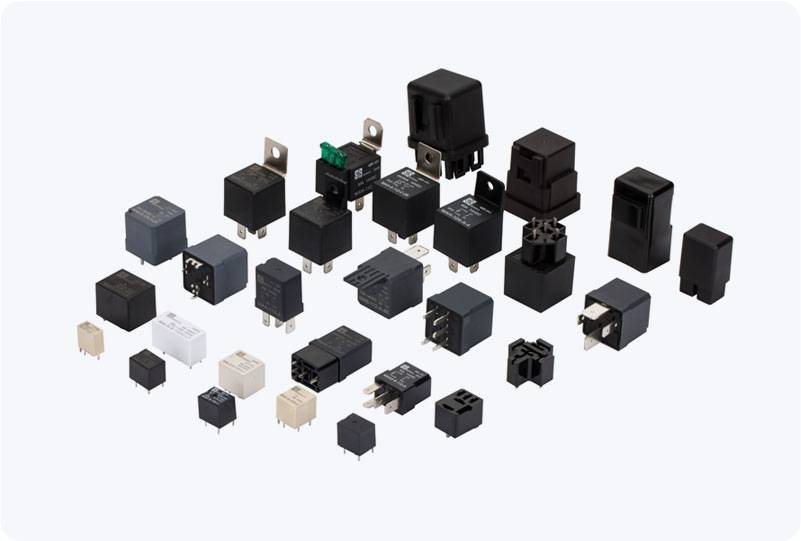Automation Relay is a pivotal component in the world of industrial control systems. These devices act as intermediaries, controlling electrical circuits by switching them on or off based on automated input signals. In this article, we will explore the fundamental role of automation relays, how they operate, their applications, and why they are indispensable in modern automation systems.

What is an Automation Relay? An automation relay is a type of electrical relay that is typically used to control automated processes by regulating the flow of electrical current. These relays function by using an external signal, usually from a controller like a programmable logic controller (PLC), to open or close circuits. This allows for the automation of processes such as turning on motors, opening valves, or activating other machinery, reducing the need for human intervention and enhancing system efficiency. How Automation Relays Work Automation relays operate based on the principle of electromagnetism. When a control signal (either a current or voltage) is applied to the relay’s input, it energizes an electromagnet within the relay. This action causes the relay’s mechanical contacts to either close (for normally open relays) or open (for normally closed relays), completing or breaking an electrical circuit.